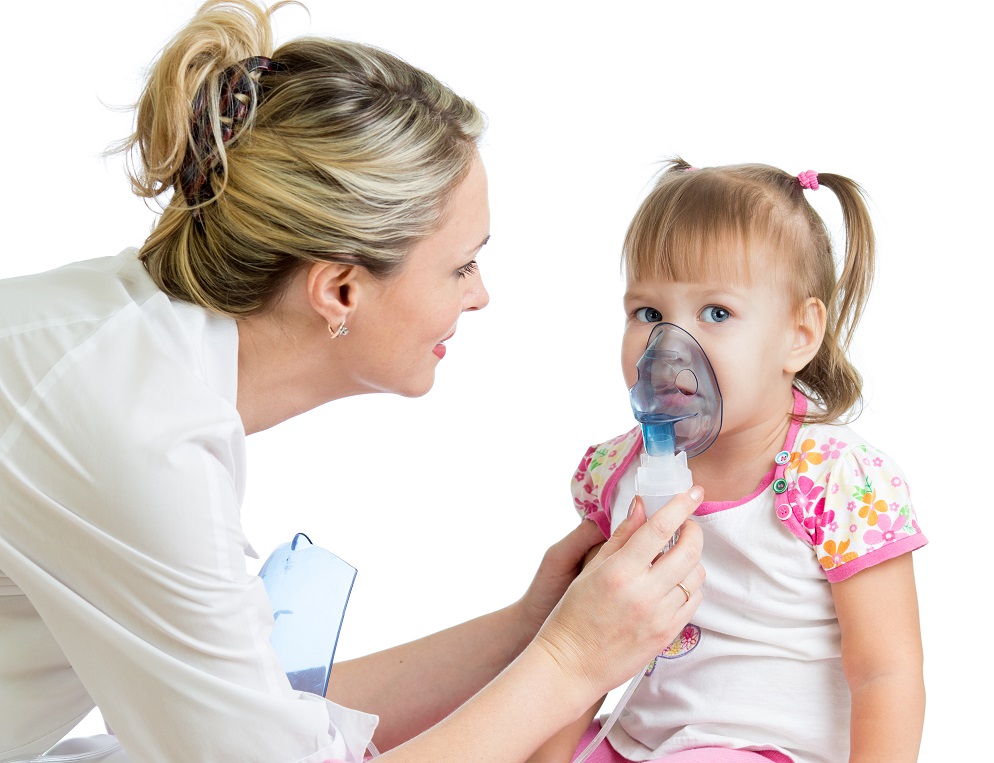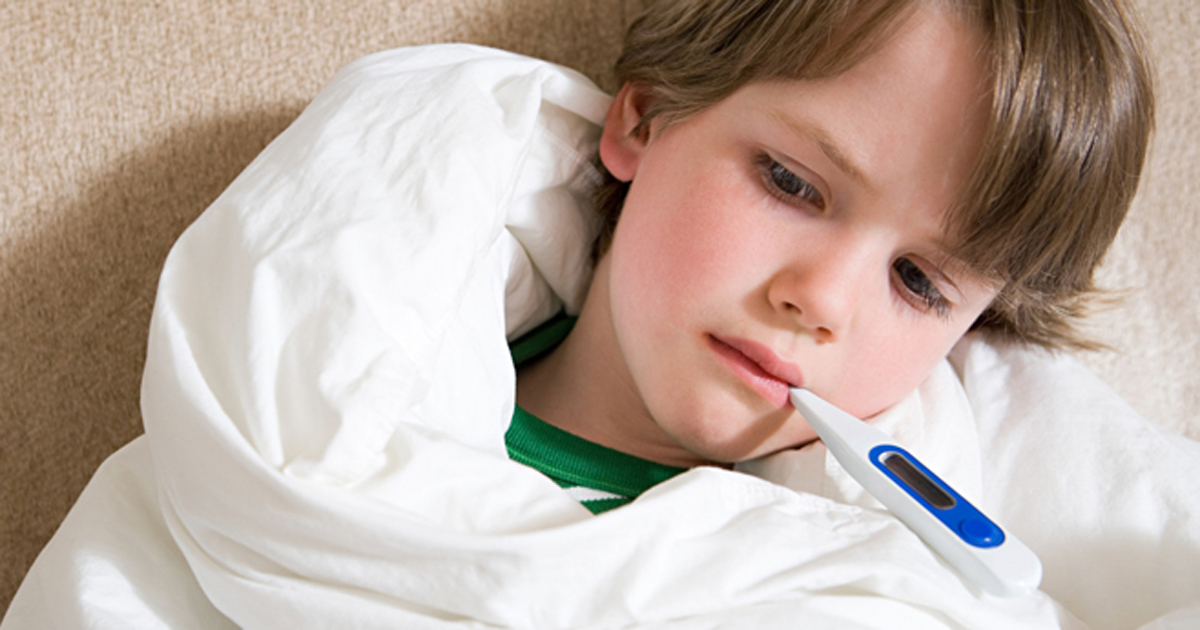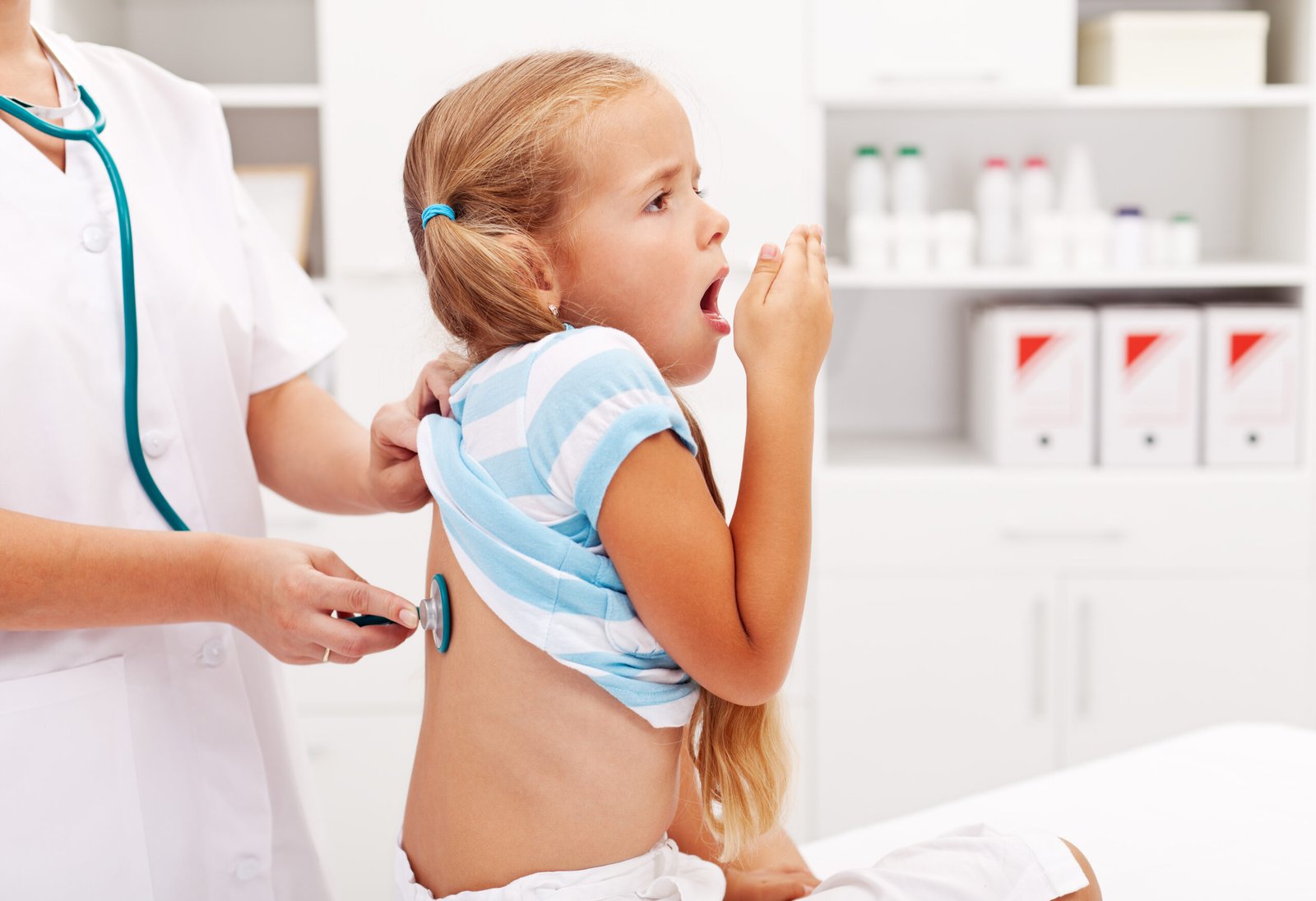Pneumonia is common in children, especially babies. The immune system is not yet well developed at this age. In pneumonia, the branches in the lungs and alveoli are inflamed. Coughing, fever, and rapid breathing are symptoms of pneumonia. The inflammation can be caused by a virus or bacteria. In case of a bacterial infection, the doctor prescribes antibiotics. If the child is very ill or short of breath, hospitalization may be necessary.
What is pneumonia?
In healthy people, oxygen enters the blood through the walls of the alveoli. In pneumonia, the small branches of the lungs and alveoli are inflamed. Inflamed alveoli fill with fluid and white blood cells. Oxygen cannot pass through this well and the absorption in the blood decreases. This can make a child short of breath.
The causes of pneumonia
Pneumonia is usually caused by a bacteria, virus, or fungus. The risk of infection is greatest in autumn and winter. People spend a lot of time indoors, while windows and doors remain closed. Viruses can then spread easily. After catching a cold or flu, resistance decreases. Pneumonia can develop. Pneumonia can also develop after a child chokes. Substances that enter the lungs then cause inflammation.
What Are the Symptoms of Pneumonia in Children?
Children often have a cold or flu. This is normal and in most cases, they will recover after a few days. But how can you tell whether a child is simply ill or whether there is an infection?
There may be pneumonia if the child
- Has rapid, shallow breathing.
- is short of breath.
- The auxiliary respiratory muscles are used. (on the neck, under the ribs)
- The nostrils open wide. (nostrils)
- is tired.
- Have a decreased appetite.
- Makes a sick impression.
- Lots of coughing.
- Has a fever.
- Has pale or blue-colored nails and lips.
A rapid breath
How often a child breathes depends on the age and can be different for each child. With normal breathing, a child breathes from:
- 0-1 year – 30 to 40 times per minute
- 0-5 years – 25 to 30 times per minute
- 5-10 years – 20 to 25 times per minute
- 10-15 years – 15 to 20 times per minute
Breathing is too fast if a baby breathes more than sixty times per minute and a child more than forty times per minute. The child, therefore, breathes superficially. When a child is short of breath, it uses the accessory muscles of breathing in the neck and just below the ribs. To get more air you see that a child opens the nostrils wide. (nostrils)
The general impression of the sick child
It is not always easy to see whether a child has pneumonia. Sometimes it is not clear even to a doctor. Based on the general impression the child makes, a decision can still be made to take action. Blood tests and an X-ray can provide more clarity. See a doctor if the child looks sick, is tired, lethargic, and has a loss of appetite.
Coughing and mucus
In pneumonia, the alveoli are filled with mucus. This makes the absorption of oxygen in the blood more difficult. The presence of mucus in combination with irritated lungs causes the child to cough. Coughing causes the chest muscles to hurt. Often a child then indicates that he has a stomach ache. The alveoli can also burst. Some blood will come out with the mucus.
A fever
Usually, pneumonia is accompanied by a fever, but this is not always the case. Pneumonia can have a slow course. The fever is not that high and the breathing remains quite calm. The child also feels less sick. But pneumonia can also be more serious with a high fever and a sick feeling. With a high fever, a child may sweat and get chills.
Is it a virus or a bacteria?
Bacterial pneumonia should always be treated with a course of antibiotics. Antibiotics do not help with an infection caused by a virus. Then the child just has to take it easy. The inflammation can also start with a virus that is later joined by bacteria. Then the inflammation must still be treated with antibiotics. Because it is difficult for a doctor to see whether it is a bacteria or a virus, he will prescribe antibiotics in most cases.
What can you do if your child has pneumonia?
- Get plenty of rest. The body needs time to recover.
- For a good and faster recovery, it is important that the child drinks enough.
- Ensure good hygiene to prevent further contamination. Wash hands regularly.
- With paracetamol, you can suppress the pain and fever.
- A cough drink dissolves mucus, making it easier to cough up. It’s not a cure, but it eases the symptoms.
- To prevent resistance, a course of antibiotics must always be completed. Even if the complaints have disappeared.
When do the complaints disappear?
It takes a while for pneumonia to go away. Once the antibiotics start to work, the fever goes away. Most complaints have disappeared after three or four days. The coughing may continue for several weeks. The child can also be tired quickly for a long time. If the symptoms do not disappear after a few days, go to the doctor again.
Will it be hospitalization?
Usually, children recover after treatment with antibiotics. If a child is too ill to swallow, hospitalization may be required. In this case, antibiotics are administered through an IV. Is the child very short of breath? Then it receives extra oxygen and possibly atomization.
Reading Suggestions: Dry skin under the eyes: treatment, cream, and care
Smoking is bad for the lungs
Smoking in the presence of children causes sensitive lungs. Children are more likely to suffer from lung diseases and are more likely to develop pneumonia. It also affects the resistance. So never smoke near children, especially if they have to recover from pneumonia.































